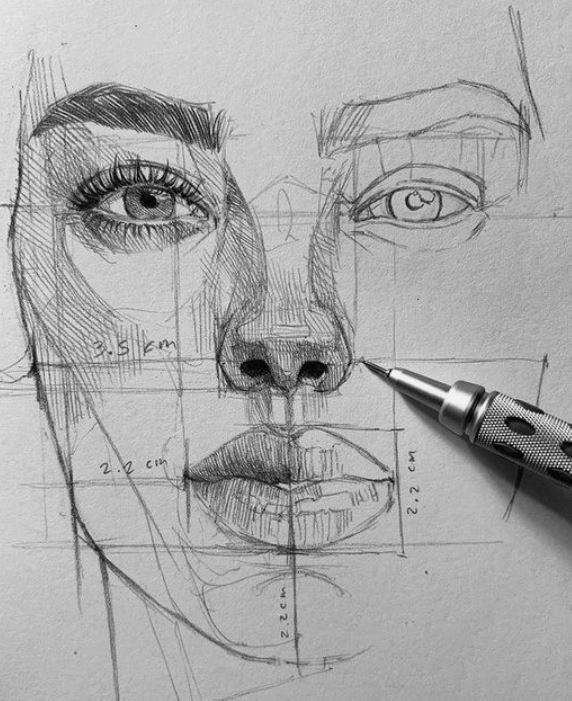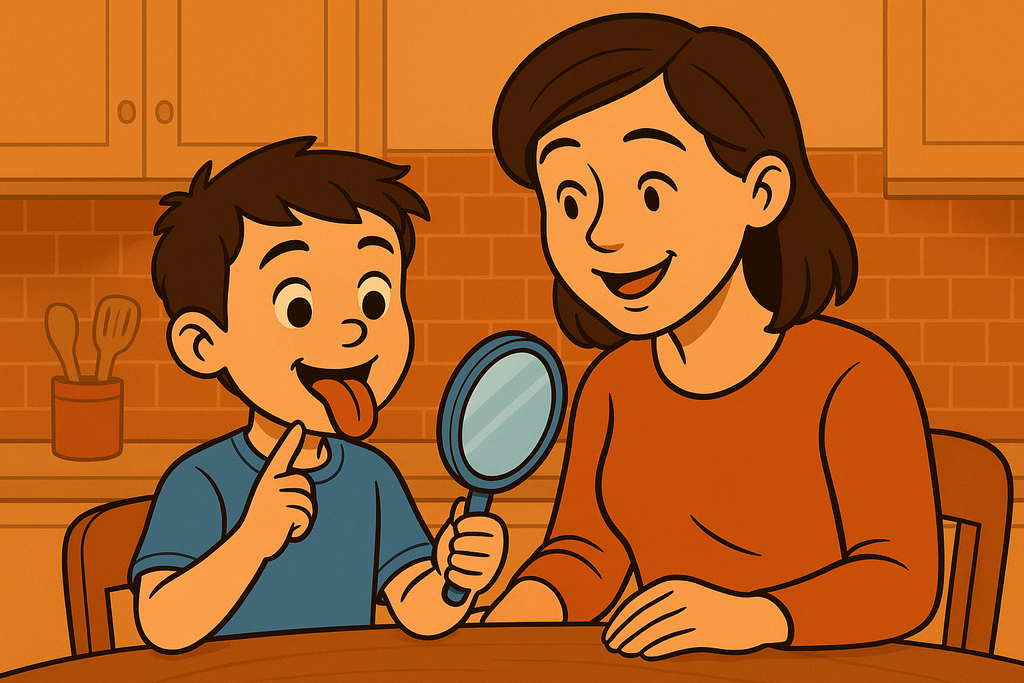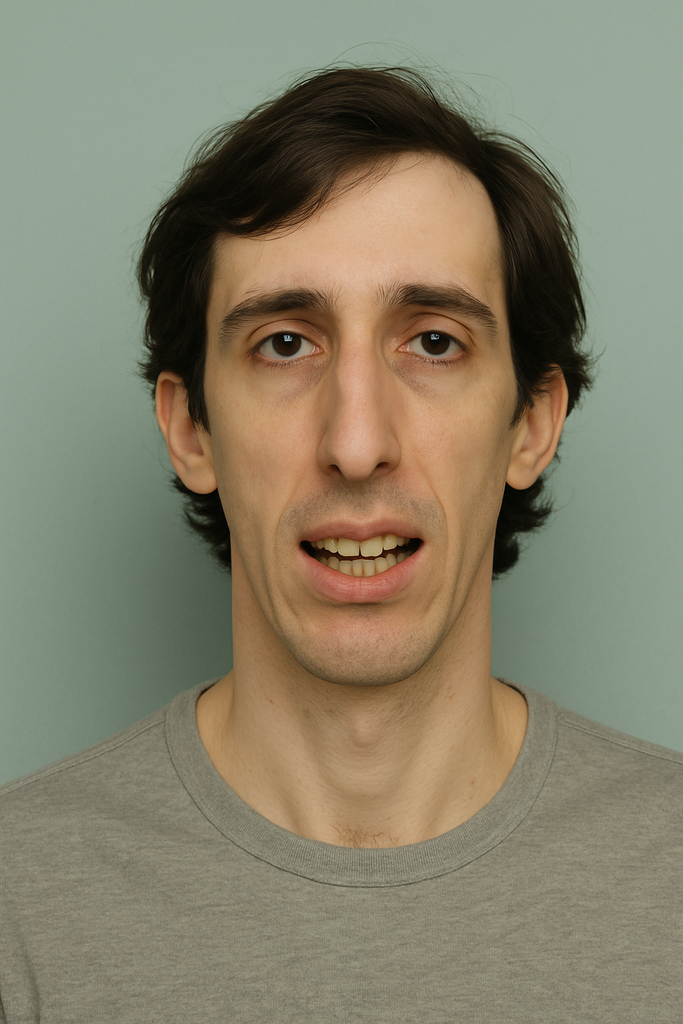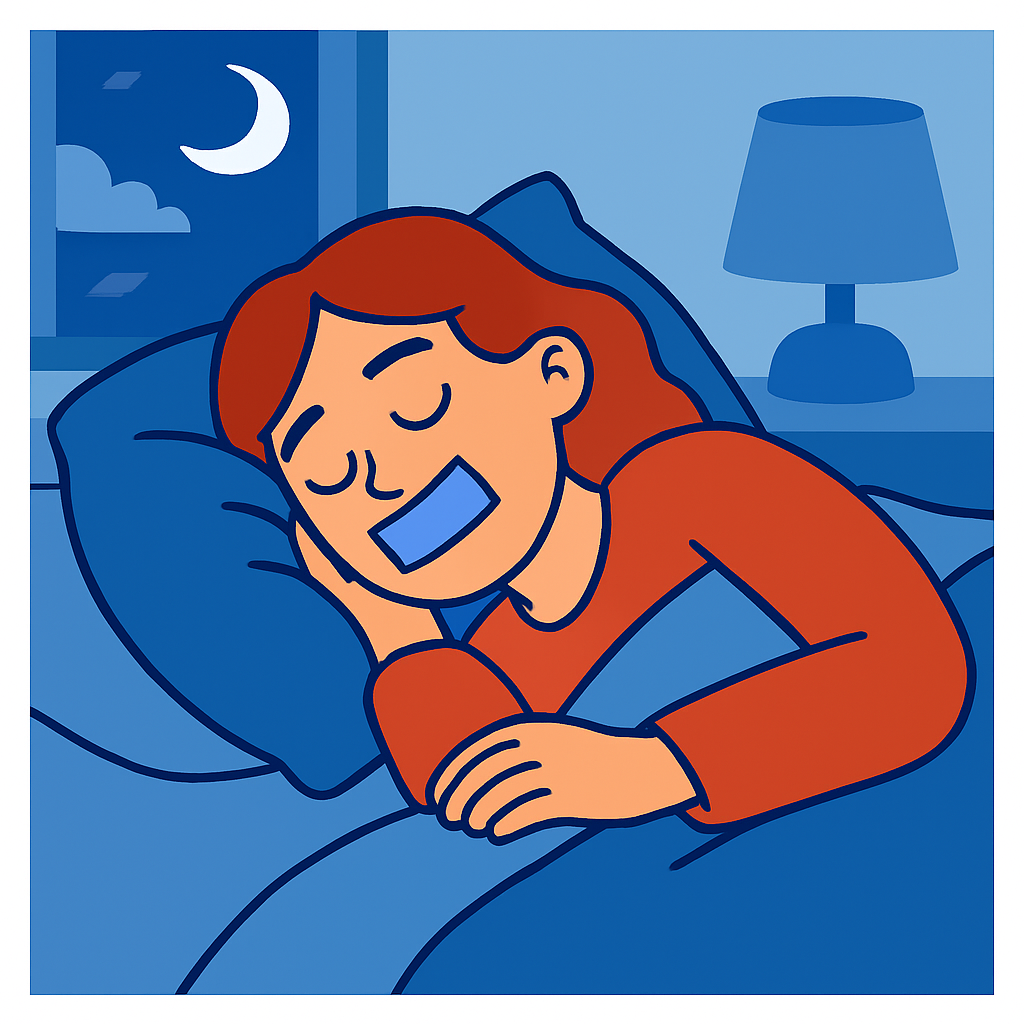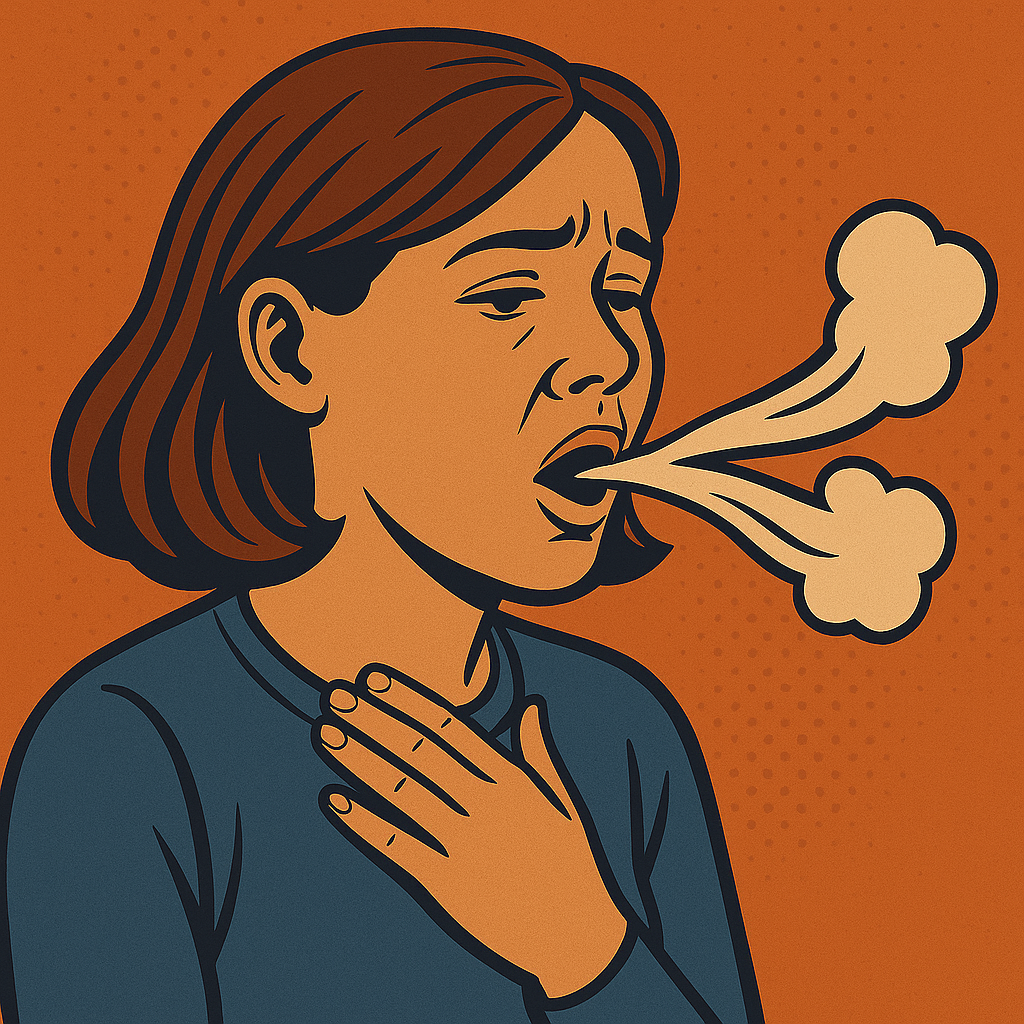Do You Breathe Through Your Mouth?
Waking up with a dry mouth? Feeling tired, congested, or blocked at night? Our Ottawa-based program helps adults restore healthy nasal breathing — naturally.
Orofacial Myofunctional Therapy Can help
If you've been breathing through your mouth for years and notice changes in your facial shape, you're not alone. Mouth breathing in adults can cause jaw tension, elongation of the face, tired-looking eyes, and poor posture. The good news? Many of these changes can be improved or reversed—with therapy that trains your muscles, posture, and breathing mechanics.
1
Common Signs of Mouth Breathing in Adults:
Tired no matter how much sleep you get
Brain fog and sluggish thinking
Memory troubles or trouble focusing
Frequent headaches or migraines
Jaw tension or clenching
Neck or upper back pain
Higher blood pressure or chest breathing
Waking up with dry mouth or nasal congestion
Yearly dental cavities or gum issues
Can’t breathe well through your nose — especially at night
Always breathing through your mouth, even at rest
No devices, no drugs, no surgery.
This is gentle, guided muscle and breathing retraining for lifelong change.
- Clearer thinking and memory
- Better sleep and energy
- Lower stress hormones and blood pressure
- Improved facial symmetry and posture
- Fewer headaches and jaw issues
- Strengthened immune and oral health
✅ Book your free 45-minute consultation
Start your path to natural nose breathing, improved sleep, and daytime clarity.
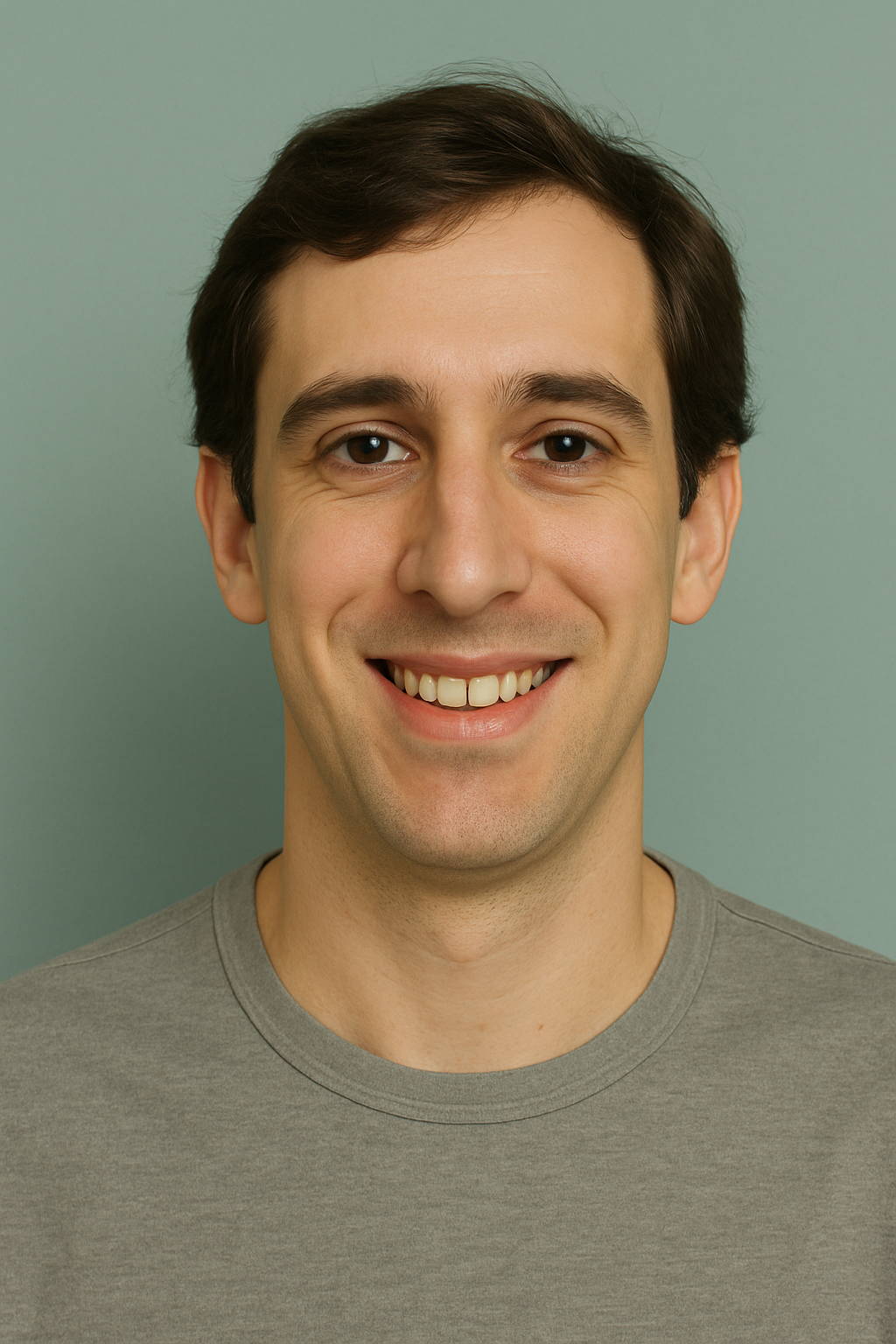
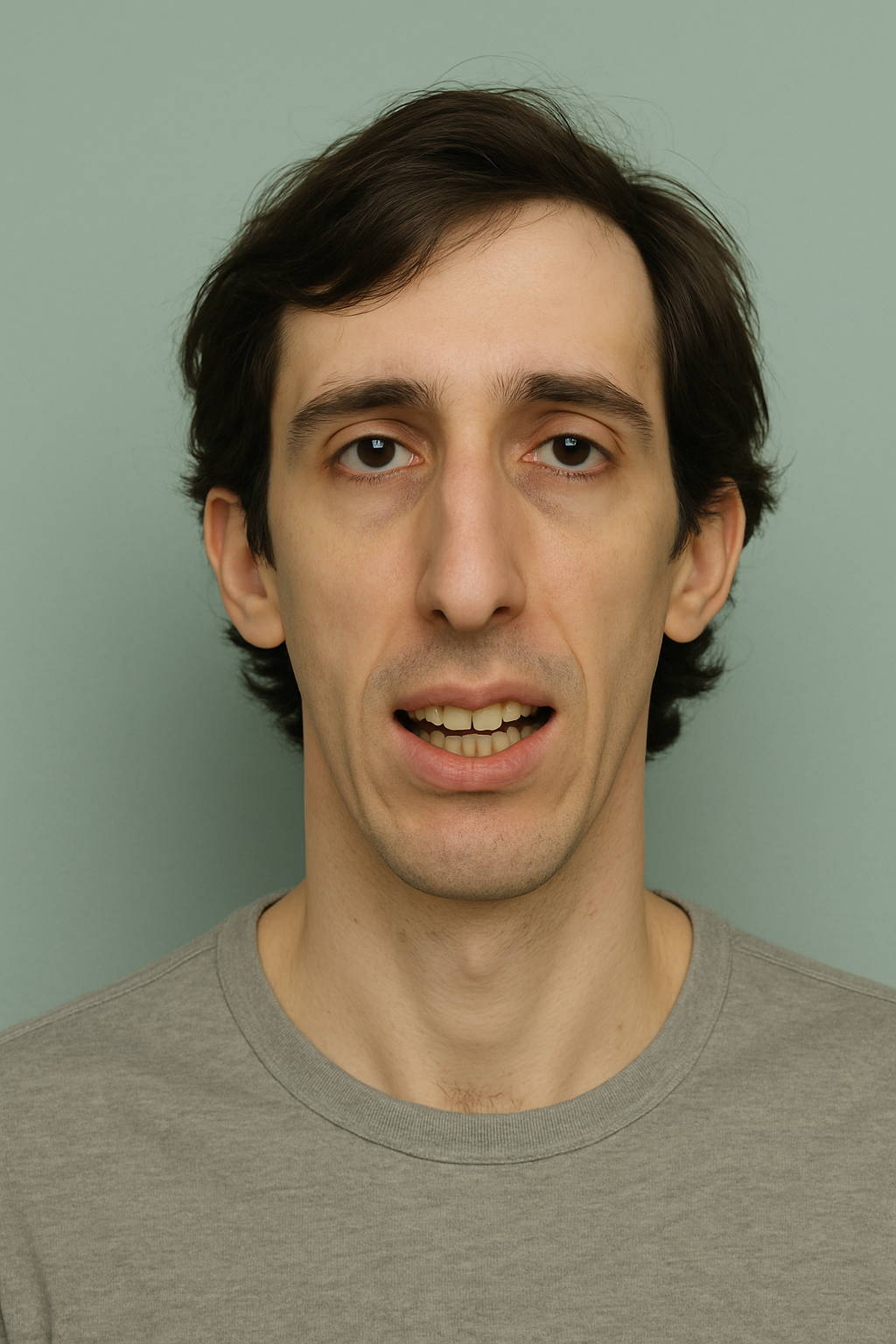
Disclaimer: The images above are simulated examples illustrating the potential effects of long-term mouth breathing compared to nasal breathing.
These are not real individuals but are intended to highlight how breathing habits may influence facial growth and overall health.
Nose Breather
Better Brain Function2
Better Memory & Information Retention2
Mental Focus2
Helps Relax. Reducing stress by lowering the harmful effects of cortisol in the body3
More Attractive Features4
Prevents Long Face Syndrome4
Well Defined Cheekbones4
Nicely Developed Jawline4
Straighter Teeth4
Better Formed Upper Airways4
Brighter Alert Eyes4
Improved Posture5
Enhanced Core Muscle Stability6
Healthier
Adequate Saliva & Fresher Breath. Less Cavities & Gum Disease7
Lowers Heart Rate8
Lowers Blood Pressure8
Growth Hormone Release to Build, Maintain, & Repair Tissues9
Can Help Prevent Snoring & Apnea Episodes7
Feel Better Rested7
Essential Nitric Oxide Intake (Only Created in the Nose)10
Immune Defense: Combats Harmful Bacteria, Viruses, & Parasitic Organisms11
Regulates Blood Pressure: is a Vasodilator11
Enhances the Lung's Capacity to Absorb Oxygen11
Maintaining Homeostasis in the Body: pH, Temperature, Ion, & Glucose Concentration12
Neurotransmission12
Mouth Breather
Brain Fog14
Decreased Productivity13
Poorer Academics: Performing Poorly at Work14
Poorer Quality of Life15
Increased Stress8
Less Attractive Features
Poorly Defined Cheekbones16
Narrow Jaw & Face16
Jaw Set Back16
Crooked/Crowded Teeth16
Gummy Smile16
Tired Eyes: Dark Circles & Unfocused16
Underdeveloped Nasal Airway16
Postural Problems: Forward Head Posture17
Muscle Fatigue17
Neck Pain17
Jaw Tension17
Spinal Disc Compression17
Early Arthritis17
Tension Headaches17
Dental Occlusal Problems17
Decreasing Health
Minimal to No Nitric Oxide Intake Can Cause10
High Blood Pressure10
Heart Disease10
Heart Attack10
Stroke10
Digestive Track Issues10
Alzheimer's Disease10
Dementia10
Erectile Dysfunction10
Bladder Issues10
Sleep Disordered Breathing18
Tired13
Snoring18
Apnea18
Reduced Growth Hormone Production19
Sleep Apnea: Breathing Stops While Asleep for a Varying Length of Time20
Depression21
Dry Mouth, Sore Throat, Headaches, Trouble Paying Attention, & Irritability20
Memory Loss: Sleep Helps to Consolidate Memories20
Mental Confusion20
Weakened Immune System: Reduced Number of T-Cells20
High Blood Pressure: Drops in Blood Oxygen Levels Strains the Cardiovascular System20
Abnormal Cholesterol: May have Higher LDL22
Fatigue20
High Blood Sugar Levels23
Deprives Body of Needed Oxygen Levels20
Linked to Fatty Liver Disease24
Acid Reflux20
Asthma25
Book a Free In-Person Consultation Today
What is Orofacial Myofunctional Therapy?
The mouth, head, and neck are a complex weave of muscles, tissues, joints, bones, blood vessels, and nerves that all need to work together for a smooth, discomfort-free daily function.
We are born and grow with little direction and training on how to use this area of our bodies. We eat the way we eat, we chew on the side that is most comfortable, we swallow whichever way gets the food down, our tongues rest wherever they rest, we breathe the easier way, and we have repetitive habits that soothe our stress that can involve our faces and mouths.
All of these reflexive habits can create abnormalities in our oral and facial structures, and since we have been doing them throughout youthful growth, our bones and muscles have molded around these untrained habits, potentially creating ingrained disorders in our current and later years.
Orofacial Myofunctional Therapists specialize and only focus on the muscles and tissues throughout the tongue, jaw, face, head, and neck. Weekly exercises are given that either tone or relax these muscles and tissues aligning them to your center. Working from your foundation up, we progressively reset years of habits. Most individuals will complete the program within the year and yet your new symmetry could last your lifetime.
A Stanford University Systematic Review Revealed The Lasting Beneficial Effects Of Orofacial Myofunctional Therapy In A Wide Cohort:
“Current literature demonstrates that orofacial myofunctional therapy decreases apnea-hypopnea index by approximately 50% in adults and 62% in children. Improvements to snoring and daytime sleepiness. Shown effective in children and adults of all ages studied thus far; youngest patient 3 yrs old to 60 yrs old. Therapy has an important role in preventing relapse.”48
1Breathe Institute Image
2Jefferson Y. Mouth breathing: adverse effects on facial growth, health, academics and behaviour. General dentist. 2010 Jan- Feb; 58 (1): 18-25.
2Surtel A, Klepacz R, Wysokińska-Miszczuk J. Wpływ toru oddechowego na jamę ustną. The influence of breathing mode on the oral cavity. Pol Merkur Lekarski. 2015 Dec;39(234):405-7. Polish. PMID: 26802697.
3Steffen, Patrick R et al. “The Impact of Resonance Frequency Breathing on Measures of Heart Rate Variability, Blood Pressure, and Mood.” Frontiers in public health vol. 5 222. 25 Aug. 2017, doi:10.3389/fpubh.2017.00222
4Jefferson Y. Mouth breathing: adverse effects on facial growth, health, academics and behaviour. General dentist. 2010 Jan- Feb; 58 (1): 18-25.
4Pereira F, Motonaga S, Faria P, Matsumoto M, Trawitzki L, Lima S, Lima W. Myofunctional and Cephalometric Evaluation of Mouth Breathers. Brazilian Journal of Otorhinolaryngology. 2001. 67 (1): 43-49.
4Surtel A, Klepacz R, Wysokińska-Miszczuk J. Wpływ toru oddechowego na jamę ustną. The influence of breathing mode on the oral cavity. Pol Merkur Lekarski. 2015 Dec;39(234):405-7. Polish. PMID: 26802697.
5Paskay L. OMD Orofacial Myofunctional Disorders: Assessment, prevention and treatment. JAOS. 2012 march-april; 34-40.
5Okuro RT, Morcillo AM, Ribeiro MÂ, Sakano E, Conti PB, Ribeiro JD. Mouth breathing and forward head posture: effects on respiratory biomechanics and exercise capacity in children. J Bras Pneumol.2011 Jul-Aug; 37(4):471-9.
5Damaging Effects of Forward Head Posture.(2015, January 22). Retrieved from http://www.denvertechchiro.com/files/fhp_revised.pdf
6Tomonori Iwasaki, Issei Saitoh, Yoshihiko Takemoto. Tongue posture improvement and pharyngeal airway enlargement as secondary effects of rapid maxillary expansion: A cone-beam computed tomography study. AJO-DO Volume 143, Issue 2, P235-245, Feb 01 2013.
6Key, Josephine. “‘The core’: understanding it, and retraining its dysfunction.” Journal of bodywork and movement therapies 17, no. 4 (2013): 541-559.
7Surtel A, Klepacz R, Wysokińska-Miszczuk J. Wpływ toru oddechowego na jamę ustną. The influence of breathing mode on the oral cavity. Pol Merkur Lekarski. 2015 Dec;39(234):405-7. Polish. PMID: 26802697.
8Steffen, Patrick R et al. “The Impact of Resonance Frequency Breathing on Measures of Heart Rate Variability, Blood Pressure, and Mood.” Frontiers in public health vol. 5 222. 25 Aug. 2017, doi:10.3389/fpubh.2017.00222
9Davidson, J R et al. “Growth hormone and cortisol secretion in relation to sleep and wakefulness.” Journal of psychiatry & neuroscience : JPN vol. 16,2 (1991): 96-102.
9Takahashi, Y et al. “Growth hormone secretion during sleep.” The Journal of clinical investigation vol. 47,9 (1968): 2079-90. doi:10.1172/JCI105893
9Honda, Y et al. “Growth hormone secretion during nocturnal sleep in normal subjects.” The Journal of clinical endocrinology and metabolism vol. 29,1 (1969): 20-9. doi:10.1210/jcem-29-1-20
10Djupesland PG, Chatkin JM, Qian W, Haight JS. Nitric oxide in the nasal airway: a new dimension in otorhinolaryngology. Am J Otolaryngol.2001 Jan; 22(1): 19-32.
11Lundberg J, Weitzberg E. Nasal nitric oxide in man. Thorax.1999;(54):947-952
12Chang H R. Nitric Oxide, the Mighty Molecule: Its Benefits for Your Health and Well-Being. 1st ed. United States. ; 2011
13Lunn M, Craig T. Rhinitis and sleep. Sleep Med Rev. 2011 Oct;15(5):293-9
13Muliol J, Maurer M, Bousquet J. Sleep and allergic rhinitis. Journal Investigation Allergol Clinical Immunology. 2008;18(6):415-9.
13Ohki M, Usui N, Kanazawa H, Hara I, Kawano K. Relationship between oral breathing and nasal obstruction in patients with obstructive sleep apnoea. Acta Otolaryngol Suppl. 1996;523:228-30.
13Jefferson Y. Mouth breathing: adverse effects on facial growth, health, academics and behaviour. General dentist. 2010 Jan- Feb; 58 (1): 18-25.
13Surtel A, Klepacz R, Wysokińska-Miszczuk J. Wpływ toru oddechowego na jamę ustną. The influence of breathing mode on the oral cavity. Pol Merkur Lekarski. 2015 Dec;39(234):405-7. Polish. PMID: 26802697.
14Jefferson Y. Mouth breathing: adverse effects on facial growth, health, academics and behaviour. General dentist. 2010 Jan- Feb; 58 (1): 18-25.
15Lunn M, Craig T. Rhinitis and sleep. Sleep Med Rev. 2011 Oct;15(5):293-9
15Muliol J, Maurer M, Bousquet J. Sleep and allergic rhinitis. Journal Investigation Allergol Clinical Immunology. 2008;18(6):415-9.
15Ohki M, Usui N, Kanazawa H, Hara I, Kawano K. Relationship between oral breathing and nasal obstruction in patients with obstructive sleep apnoea. Acta Otolaryngol Suppl. 1996;523:228-30.
16Jefferson Y. Mouth breathing: adverse effects on facial growth, health, academics and behaviour. General dentist. 2010 Jan- Feb; 58 (1): 18-25.
16Pereira F, Motonaga S, Faria P, Matsumoto M, Trawitzki L, Lima S, Lima W. Myofunctional and Cephalometric Evaluation of Mouth Breathers. Brazilian Journal of Otorhinolaryngology. 2001. 67 (1): 43-49.
16Paskay L. OMD Orofacial Myofunctional Disorders: Assessment, prevention and treatment. JAOS. 2012 march-april; 34-40.
16Surtel A, Klepacz R, Wysokińska-Miszczuk J. Wpływ toru oddechowego na jamę ustną. The influence of breathing mode on the oral cavity. Pol Merkur Lekarski. 2015 Dec;39(234):405-7. Polish. PMID: 26802697.
16Okuro RT, Morcillo AM, Ribeiro MÂ, Sakano E, Conti PB, Ribeiro JD. Mouth breathing and forward head posture: effects on respiratory biomechanics and exercise capacity in children. J Bras Pneumol.2011 Jul-Aug; 37(4):471-9.
17Okuro RT, Morcillo AM, Ribeiro MÂ, Sakano E, Conti PB, Ribeiro JD. Mouth breathing and forward head posture: effects on respiratory biomechanics and exercise capacity in children. J Bras Pneumol.2011 Jul-Aug; 37(4):471-9.
17Damaging Effects of Forward Head Posture.(2015, January 22). Retrieved from http://www.denvertechchiro.com/files/fhp_revised.pdf
18Lunn M, Craig T. Rhinitis and sleep. Sleep Med Rev. 2011 Oct;15(5):293-9
18Muliol J, Maurer M, Bousquet J. Sleep and allergic rhinitis. Journal Investigation Allergol Clinical Immunology. 2008;18(6):415-9.
18Ohki M, Usui N, Kanazawa H, Hara I, Kawano K. Relationship between oral breathing and nasal obstruction in patients with obstructive sleep apnoea. Acta Otolaryngol Suppl. 1996;523:228-30.
18Jefferson Y. Mouth breathing: adverse effects on facial growth, health, academics and behaviour. General dentist. 2010 Jan- Feb; 58 (1): 18-25.
18Surtel A, Klepacz R, Wysokińska-Miszczuk J. Wpływ toru oddechowego na jamę ustną. The influence of breathing mode on the oral cavity. Pol Merkur Lekarski. 2015 Dec;39(234):405-7. Polish. PMID: 26802697.
18Fitzpatrick MF, McLean H, Urton AM, Tan A, O’Donnell D, Driver HS. Effect of nasal or oral breathing route on upper airway resistance during sleep. Eur Respir J. 2003 Nov;22(5):827-32.
18“ADHD and Sleep.” ADHD & Sleep Problems-National Sleep Foundation. National Sleep Foundation, 2017. Web. 11 Feb.2017. https://sleepfoundation.org/sleep-disorders-problems/adhd-and-sleep.
18Shur-Fen Gau S. Prevalence of sleep problems and their association with inattention/hyperactivity among children aged 6-15 in Taiwan.J Sleep Res. 2006 Dec;15(4):403-14.
18Borres MP. Allergic rhinitis: more than just a stuffy nose. Acta Paediatrica. 2009 Jul;98(7):1088-92)
19Davidson, J R et al. “Growth hormone and cortisol secretion in relation to sleep and wakefulness.” Journal of psychiatry & neuroscience : JPN vol. 16,2 (1991): 96-102.
19Takahashi, Y et al. “Growth hormone secretion during sleep.” The Journal of clinical investigation vol. 47,9 (1968): 2079-90. doi:10.1172/JCI105893
19Honda, Y et al. “Growth hormone secretion during nocturnal sleep in normal subjects.” The Journal of clinical endocrinology and metabolism vol. 29,1 (1969): 20-9. doi:10.1210/jcem-29-1-20
20Fitzpatrick MF, McLean H, Urton AM, Tan A, O’Donnell D, Driver HS. Effect of nasal or oral breathing route on upper airway resistance during sleep. Eur Respir J. 2003 Nov;22(5):827-32.
21Ejaz, Shakir M et al. “Obstructive sleep apnea and depression: a review.” Innovations in clinical neuroscience vol. 8,8 (2011): 17-25.
22Gunduz C, et al "Obstructive sleep apnea independently predicts lipid levels: Data from the European Sleep Apnea Database" Respirology 2018; DOI: 10.1111/resp.13372.
23Jimmy Doumit, Bharati Prasad. "Sleep Apnea in Type 2 Diabetes" Diabetes Spectrum 2016 Feb; 29(1): 14-19.
24Omar A. Mesarwi, Rohit Loomba, Aul Malhotra. "Obstructive Sleep Apnea, Hypoxia, and Nonalcoholic Fatty Liver Disease" ATS Journals 2018 Nov; V199, I7.
25Bharati Prasad, Sharmilee M. Nyenhuis, Ikuyo Imayama. "Asthma and Obstructive Sleep Apnea Overlap: What has the evidence taught us?" ATS Journals 2019 Dec;V201, I11.
26Camacho, Macario et al. “Myofunctional Therapy to Treat Obstructive Sleep Apnea: A Systematic Review and Meta-analysis.” Sleep vol. 38,5 669-75. 1 May. 2015, doi:10.5665/sleep.4652
By Oct 12, 2025
By Oct 01, 2025
By Aug 10, 2025
By Jul 10, 2025
By Jul 05, 2025
By Jul 01, 2025

